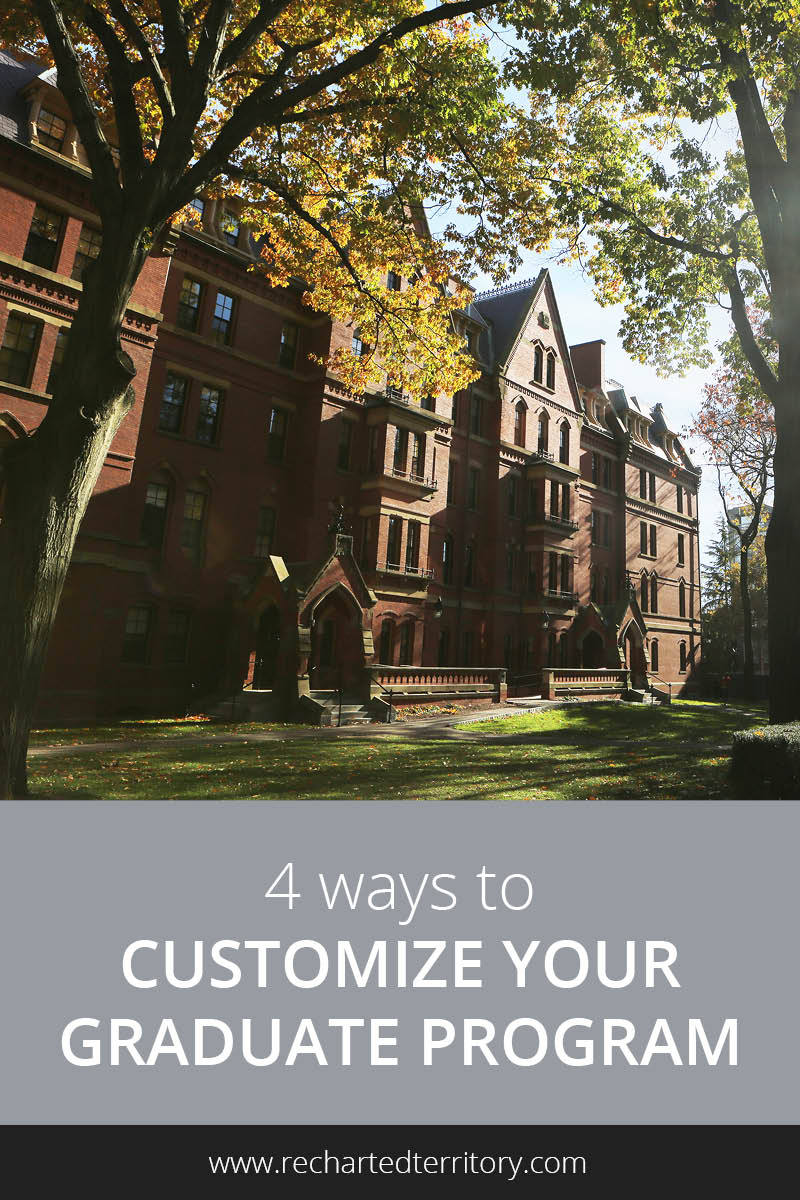

Back to school is in the air! I used to always love this time of year, going shopping for fresh school supplies, and that moment when everything is new and exciting and there are no assignments yet. I know, I’m a nerd.
Since it’s the time when many of you are starting graduate programs or thinking about applying, I thought I’d share a few tips to turn your graduate program into a “choose your own adventure.”
1. Consider a dual degree
If you can’t find one “perfect” degree for you, think about a dual degree in a complementary field. In my case I chose mechanical engineering and technology policy but I have many friends who pursued joint engineering and MBA degrees.
There are plenty of other options such as history and public policy, law and regional studies, M.D./Ph.D, and so on.
Some schools offer set combos but don’t be afraid of pursuing unorthodox combinations. Depending on the type of programs you might be able to use some course credits for both degrees and with some creative tweaking can write just one thesis for both.
One key tip if you are considering this route is to investigate your school’s policy. Sometimes you can be accepted to one program and easily add another later but other times you need to be officially accepted by both programs, which could impact your timeline. Usually MBA programs have stricter acceptance procedures so make sure you understand the relevant deadlines and options.
2. Strategically allocate classes vs. research topics
If your program involves research you’ll end up spending about half of your time immersed in that topic so make sure it’s something that you enjoy and don’t mind teaching yourself. I chose to do design process research and to spend my class time learning about a range of topics such as energy, policy, business, and materials.
I know a woman who did her research in mechanics and took design classes. I personally chose that split because I can entertain myself for months reading design papers and books but I wanted more of a “guided tour” through the other concepts. Choose whatever combination works for you and your funding situation.
3. Take advantage of class projects to customize your experience
If you can’t find any classes about the topics you’re interested in, take advantage of any relatively open-ended class projects to pull in those themes. For example, if you have to review a business and you are interested in a particular area of the world, use a firm in that region for your case study.
4. Seek out other sources of funding
I went to our school’s international office and was able to obtain some funding to conduct part of my research in Mexico. Since many graduate students stay on campus and use typical sources of research funding there is usually not much competition for those alternative funding streams if you can think outside the box and show how that new location will benefit your research, your advisor, or your institution in some way.
Another tip is to look into fellowships. My top choice professor didn’t have extra funding for me when I joined her lab but because of fellowship funding I was able to both work with an amazing mentor and have more freedom to customize my research topic. For some fellowships you need to be nominated but other times you can apply yourself so be on the lookout for application deadlines.
I hope these tips were helpful for all of you who have interests and passions that don’t fit neatly into standard programs. Let me know how it goes!
How did you customize your program? Would you add anything to this list?